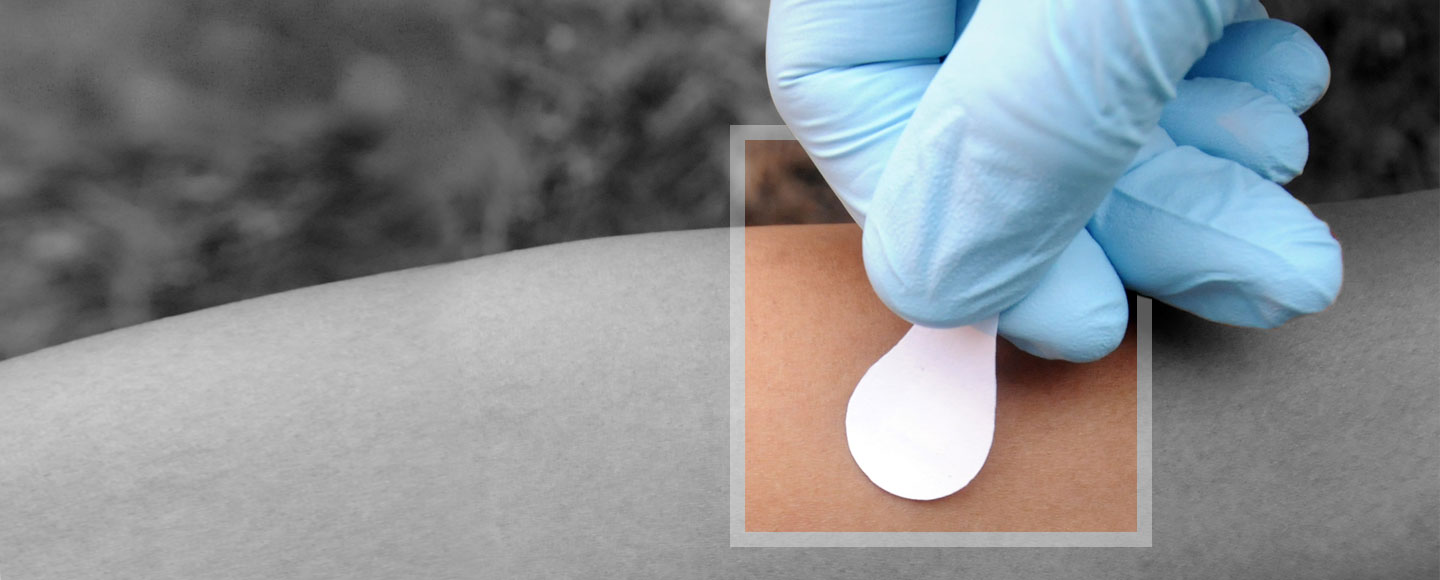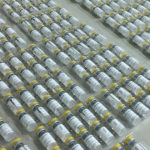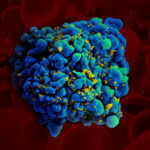
Microneedle patches: Reinventing contraceptives
More than 225 million women living in developing countries want to control their fertility but do not use effective contraceptive methods. The reason? They face a triple challenge: limited access, along with a lack of methods that are acceptable and affordable.
FHI 360, in partnership with the Georgia Institute of Technology, the Population Council and the University of Michigan, is spearheading early-stage research to determine whether a new technology — microneedle patches — can serve as an additional platform for delivering contraceptive hormones to women.
Here’s how the patch works. Hundreds of microneedles, each less than a millimeter in length, are attached to a small patch about the size of a coin. The patch is pressed briefly to the skin to deliver drugs or other therapeutics formulated for slow release over time. Microneedle patches are already being developed as a delivery platform for vaccines, such as influenza and polio, and for biotherapeutics. They have yet to be used for contraceptives.
The slow release of contraceptive hormones using microneedle patches could provide pregnancy protection for one to several months. The product is being designed to allow women to apply the patch themselves, rather than having to visit a clinic for services. Breaking down access barriers gives women more options. Expanded access and increased options empower couples to plan the spacing and size of their families; smaller, healthier families have better educational and economic opportunities.
Project name:
Contraceptive Technology Innovation (CTI) Initiative, Envision FP
Funder:
Bill & Melinda Gates Foundation, USAID, respectively
The latest on new contraceptives
Curious about the latest contraceptive products in development? Learn more from Calliope, the Contraceptive Pipeline Database. Calliope is coordinated by FHI 360 under the Contraceptive Technology Innovation (CTI) Initiative, with funding from the Bill & Melinda Gates Foundation.
Photo credit: Gary Meek/Georgia Institute of Technology





